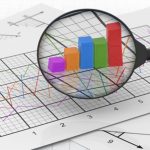
data warehouse

Data warehouse refers to a set of data that is collected, categorized and stored from various information sources of the organization. In other words, “a data warehouse is a subject-oriented, integrated, time-varying and non-volatile collection of data that supports decision-making management”. The main purpose of creating a data warehouse is to use the data produced and stored by operational systems in the data warehouse and to use them correctly in the decision-making process at strategic levels. It is also the future.
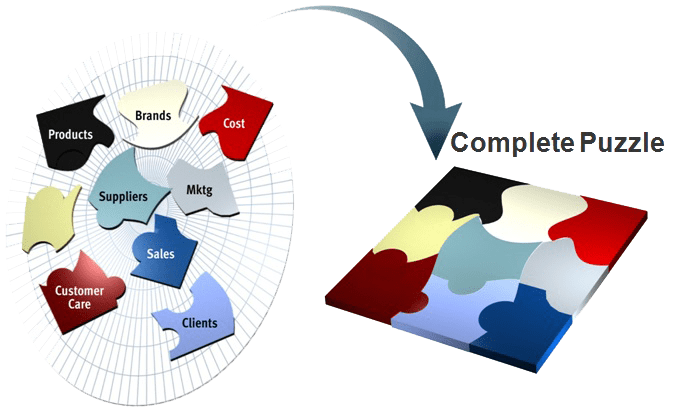
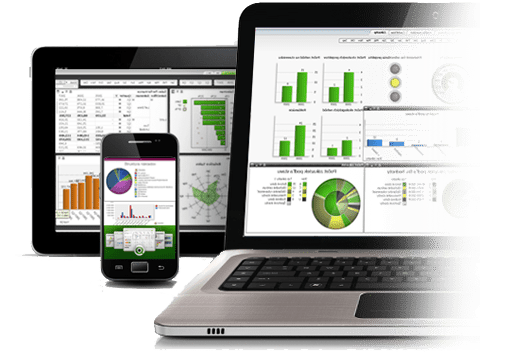
Necessity of employment
Since performing statistical operations and complex reports have a very heavy workload for the database servers of operational systems, the existence of a data warehouse means that such operations do not affect the activity of the organization’s application programs (OLTP). By creating a data warehouse, a suitable and stable platform is provided for the preparation of fast, integrated and diverse reports. A data warehouse can be seen as an information database that is kept separately from the operational databases of the organization and is ultimately used by analytical tools.
Creation steps
- Extracting operational data from different databases into a single repository
- Expanding and transforming data
- Loading the converted data into a database
- Generating pre-calculated data values to increase reporting speed
- Preparation of an analytical reporting tool and business intelligence
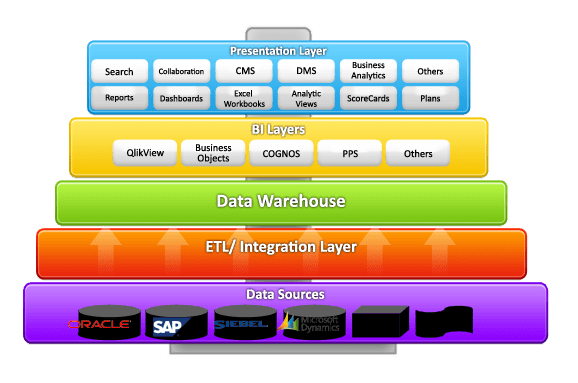
Tools
Final tools
- Query and reporting tools
- Developed application tools
- Executive information systems tools
- Simultaneous analytical processing tools
- Data mining and analytical tools

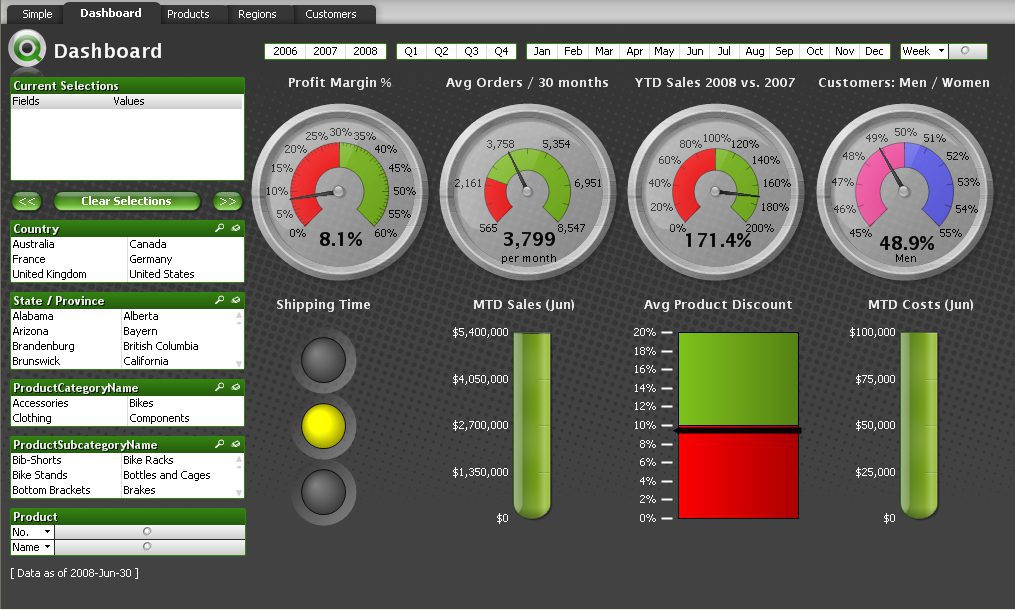
Purpose and application
Advantages of using data warehouse
- It provides accurate information about the previous and current status of the organization.
- It provides an integrated and refined memory for the organization.
- It reduces the costs of software development and their integration.
- It provides the information of the organization in the form of themes and information from several areas.
- It can be used as a platform for analytical, statistical and management tools.
- It provides the ability to report and analyze quickly and at low cost.
- It enables the transformation of raw and scattered data into integrated and strategic information.


